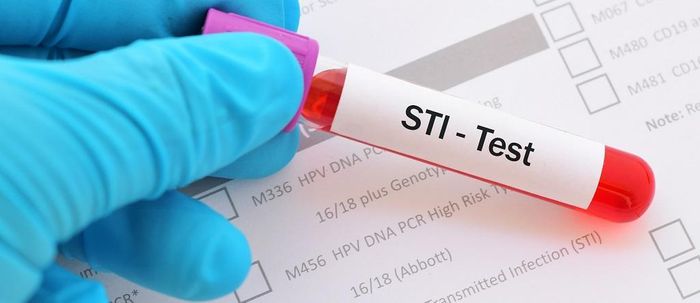 Telehealth for STIs (Sexually Transmitted Infections) can be a better portion for individuals who are confident and courageous in talking about their intimate health in their homes privately. Anyway, it must be used in a good sense and usually needs a suitable person for testing.
Telehealth for STIs (Sexually Transmitted Infections) can be a better portion for individuals who are confident and courageous in talking about their intimate health in their homes privately. Anyway, it must be used in a good sense and usually needs a suitable person for testing.
A few sexually transmitted infections are correctly diagnosed from their sign and symptoms alone.
That’s why the syndromic treatment for sexually transmitted infections is usually kept for low resource settings.
For instance, when it is impossible for people to come back for test results or when the cost of screening is relatively high.
In this article, we’ll discuss basic things one should know about telehealth for STIs screening. Continue reading.
Why Clinics Need Telehealth STD Testing
Telehealth pleads with medical facilities and patients for more reasons than they would count. A lot of that is being able to afford and change the virtual treatment. However, beyond this, telehealth offers a confined space where patients can table out their sensitive issues on their terms. To be specific, this is specifically important when it comes to private STD testing.
Telehealth is safe, fast, and very private. That said, some clinicians and patients have doubts about their effectiveness. Now, to clear up the misunderstanding, below are the common outline of remote STD tests. We’ll understand why it breaks down to virtual screening and the possibility that telehealth might be the future of sexual health.
How Remote Screening Work
Telehealth enables various parts of the testing process as it replaces others completely. Healthcare providers start by accessing the patient’s recent intimate symptoms, history, and underlying conditions. Up to this end, these imaginary platforms give maximum privacy to the patients. Rather than explaining themselves to the healthcare providers in person, patients can discuss such information over the phone.
Afterward, the medical center will decide which condition they need to test for. One drawback of telehealth is the reach of screenings on offer. Telehealth gives a test for the two most common STIs that is Chlamydia and Gonorrhea though some clinicians go ahead by performing HIV/ AIDS as well.
Telehealth home kits have all the equipment needed for a test.
Unlike other home kits, STD kits might only contain the necessary materials for performing screening. These tools, sample containers, finger pricks, and cotton swabs, come with a user manual on them. Kits can store samples or give immediate results depending on the design of the kits.
Sometimes you might need lab tools for a test; the procedure is identical to walk-in. Bottles and cotton swabs are taken to the lab for testing, and the clinicians will tell the patients their test results.
The STI tests may take time to produce results while at home though they pay off for speed and convenience.
What you Need to Know
By bad luck, your partner tested positive for an STI; it’s advised you to know the following things;
- When they tested positive.
- Which STIs they tested for.
- When they last engaged in risky behavior.
A word from Repugen
Telehealth for intimate health has grown interested to many people. It’s surely a better option for several sexual health concerns that should include problems associated with sexual dysfunction in both men and women.
Leave a Reply